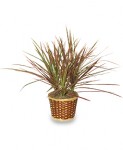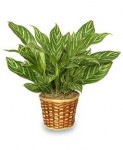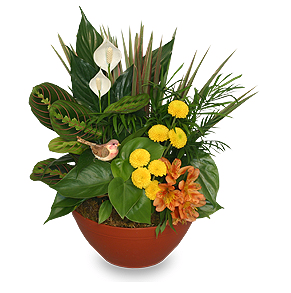
Boy, has this month seemed long! It seems like it has snowed at least once a week. We got 12 inches one of those weeks! Unfortunately, the snow made it impossible for me to really get much of my list accomplished. I did get the supplies for my backyard composter, but the frozen conditions made building impossible, not to mention the frozen ground. (Read more about the list in my last garden blog post.)
However, I did do a mock-up of exactly how I want my backyard compost to look and what materials I think I will need:
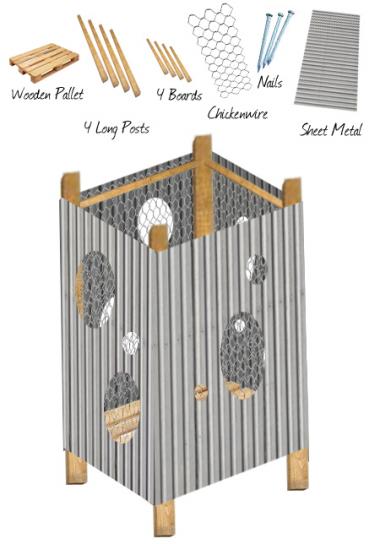
What do you think? Pretty basic, but has style! It seems like a very easy build too. Your four large posts should be whatever height you are wanting your composter to be. (Not too tall or you won’t be able look or reach into it.) The short boards should be the length of your pallet. Nail them together an that’s your basic frame. Wrap that in chicken wire. Optional: use sheet metal, corrugated roofing tin or other covering to give it a fun, personal look. Imagine this painted in bright, beautiful colors! It has so much potential!
Again, this month is still a slow one for gardeners. I do have a lot of things in store for next month, however! (Don’t forget to subscribe.)
Without further adieu, here are the herbs I have picked to grow this summer.
I am choosing herbs because they are not only beautiful, but useful in so many ways! I suggest, when planning your garden, to find plants or herbs that interest you. This will make it easier to commit to growing healthy, amazing plants you will be proud of.
Anise – medicinal, culinary and aromatic uses. What catnip is to cats, anise is to dogs — will be fun to find out if this is true!
Basil – medicinal, culinary, aromatic and ornamental uses. Great on pizza! I plan to grow several types, just not sure which ones quite yet.
Bergamot or Beebalm – medicinal, aromatic, culinary, ornamental and cosmetic uses. Great color and beautiful flower, attracts hummingbirds.
Borage – medicinal, culinary and ornamental uses. Has a reputation for invoking courage, believe it or not. Bees love borage!
Caraway – medicinal and culinary uses. Every part of the plant is edible.
Chamomile – medicinal, culinary, aromatic, ornamental and cosmetic uses. Great for teas and bath soaks! I will probably grow a few types. Said to contribute to the overall health of your garden.
Chives – medicinal, culinary and ornamental uses. I know I want garlic chives and common, maybe more.
Cilantro or Coriander – medicinal, culinary and aromatic (more fragrant with age) uses. That’s right, the leaves are cilantro and the seeds are coriander. Very good at attracting useful insects.
Dandelion – medicinal, culinary and cosmetic uses. You can even make yellow and magenta dyes. Who knew this common weed was more nutritious than spinach?
Dill – medicinal, culinary and crafty uses. Kitchen staple.
Fennel – medicinal, culinary, aromatic and cosmetic uses. Fennel makes dye too! (yellow and brown) I’ve got an easy recipe for a great fennel face cleanser. (Watch for this in future blogs; subscribe!)
Feverfew – medicinal, ornamental and crafty uses. Great natural insect repellent.
 Lavender – medicinal, culinary, aromatic, cosmetic and crafty uses. Great fragrance! I will be growing a few different kinds of lavender. I can’t wait to make my first lavender wand!
Lavender – medicinal, culinary, aromatic, cosmetic and crafty uses. Great fragrance! I will be growing a few different kinds of lavender. I can’t wait to make my first lavender wand!
Lemon Balm – medicinal, culinary, aromatic, ornamental and cosmetic uses. Bees LOVE this plant. Lemon balm smells fantastic and is said to cleanse skin. Works great in an herbal bath mixture.
Lemon Grass – medicinal, culinary and aromatic uses. Once used to break fevers in Africa.
Lemon Verbena – medicinal, culinary, aromatic, and ornamental uses. Mentioned in Gone With The Wind as Scarlet’s mother’s favorite fragrance.
Marigold – medicinal, culinary, aromatic and ornamental uses.
Oregano – medicinal, culinary, cosmetic and crafty uses. Essential to Italian cooking.
Mustard – medicinal and culinary uses. Make your own mustard! (Watch for recipe)
Parsley – medicinal, culinary, ornamental and cosmetic uses. It’s even a natural breath sweetener. Be careful, this herb will attract unwanted rabbits.
Peppermint and Spearmint – medicinal, culinary, aromatic, ornamental and cosmetic uses. Amazing home remedies from bad breath to chapped hands and bee stings.
Purslane – medicinal and ornamental uses. Very, very high in vitamins and nutrients. Purslane contains more omega-3 fatty acids than any other plant.
Rosemary – medicinal, aromatic, ornamental and cosmetic uses. Great in bath soaks.
Rue – medicinal, ornamental and crafty uses. Rue is very dangerous in large doses; to plant this in your garden is your call entirely.
Sage – medicinal, culinary, aromatic, ornamental, cosmetic and crafty uses. I will be planting several kinds of sage plants.
Tansy – medicinal, culinary, cosmetic and ornamental uses. Makes outstanding tea! Great color. Can discourage ants and flies.
Tarragon – culinary uses. Tarragon is a staple in French cuisine.
Thyme – medicinal, culinary, aromatic and cosmetic uses. Very beneficial medicinal uses.
That’s my basic list. I’m sure there are tons of other great herbs out there. If you think I should add one to the list let me know in the comments below!
What to expect next month?
– If weather permits, I will be finishing up my backyard compost contraption.
– This weekend, I am attending the horticultural walk at our local zoo to learn about their winter plants, as well as how they take care of their tropical plants during the winter. All that in next month’s edition of Beginning Gardening.


 Find Your
Find Your 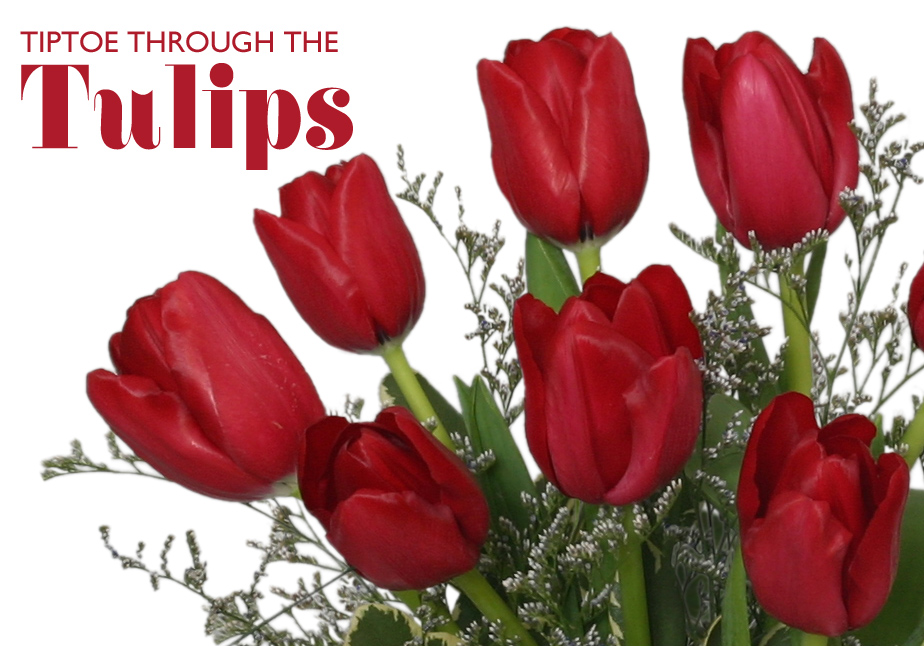
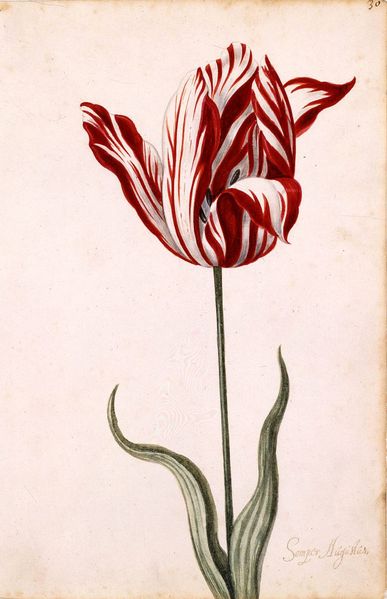 Prices of tulip bulbs skyrocketed! From seeds tulips can take 7-12 years to bloom, you needed a bulb. The demand for these bulbs was unheard of. In 1635, just 40 bulbs sold for 100,000 florins. A skilled laborer of that time only made 150 florins a year! And if you still need more proof these prices were outrageous, 1 florin today would be over $16 in U.S. dollars.
Prices of tulip bulbs skyrocketed! From seeds tulips can take 7-12 years to bloom, you needed a bulb. The demand for these bulbs was unheard of. In 1635, just 40 bulbs sold for 100,000 florins. A skilled laborer of that time only made 150 florins a year! And if you still need more proof these prices were outrageous, 1 florin today would be over $16 in U.S. dollars.
 I have read a lot about cardboard mulching and began the process in late October. It is a great way to begin gardening with very little effort. Laying a layer of cardboard and mulch down before winter helps in many ways. (1) Kills all grass and weeds (2)Keeps the ground from freezing worms tend to migrate to the area (3) Enriches the soil
I have read a lot about cardboard mulching and began the process in late October. It is a great way to begin gardening with very little effort. Laying a layer of cardboard and mulch down before winter helps in many ways. (1) Kills all grass and weeds (2)Keeps the ground from freezing worms tend to migrate to the area (3) Enriches the soil Planning early can be a (plant) life saver! Most plants can grow in a variety of pH levels, however it’s a good idea to test your soil to know exactly what you’re working with. Test your soil now to see if it is ready to grow plants. The soil in our area contains a lot of clay which tends to be towards the acidic side. Clay is the most nutritious of the soil types (Sand, Silt, and Clay) but binds the roots of the plant with its density and keeps them from expanding their roots. By finding out your soil composition now you have time to correct this before its time to plant.
Planning early can be a (plant) life saver! Most plants can grow in a variety of pH levels, however it’s a good idea to test your soil to know exactly what you’re working with. Test your soil now to see if it is ready to grow plants. The soil in our area contains a lot of clay which tends to be towards the acidic side. Clay is the most nutritious of the soil types (Sand, Silt, and Clay) but binds the roots of the plant with its density and keeps them from expanding their roots. By finding out your soil composition now you have time to correct this before its time to plant.